Cats have long captivated humans with their incredible agility, seeming to defy the laws of gravity and physics. From leaping high fences and landing flawlessly to navigating tight spaces with ease, cats appear to possess a supernatural grace that leaves us in awe. This article delves into the science and evolution behind the feline agility that has made them such successful predators and beloved companions.
The Evolutionary Advantage of Agility
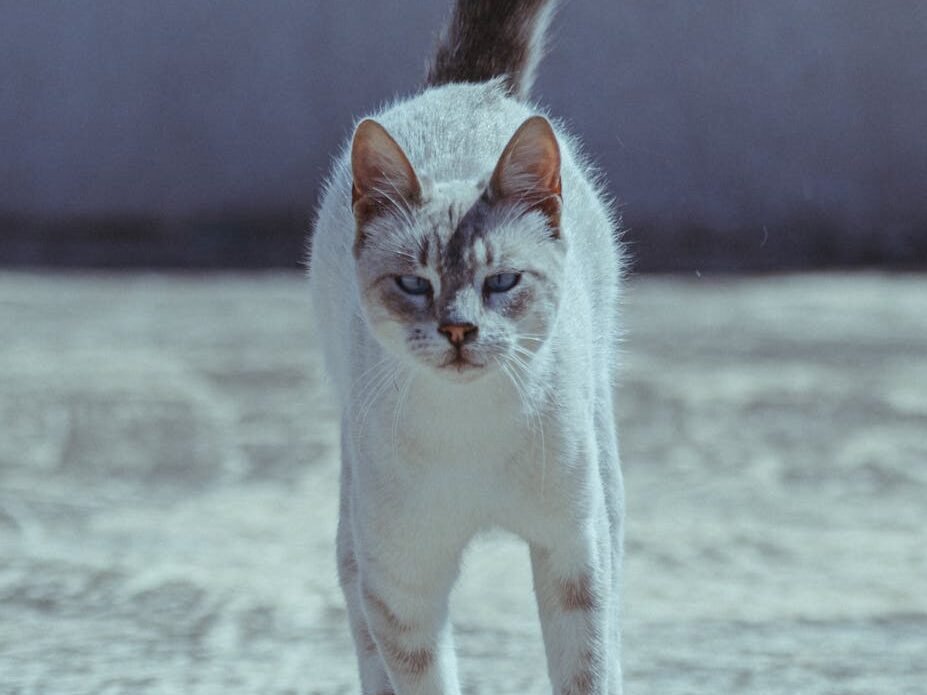
Cats’ agility is not merely an aesthetic trait but a critical evolutionary advantage. Over millions of years, felines have evolved to be some of nature’s most adept hunters. Their agility allows them to stalk prey silently, pounce with precision, and escape from threats quickly. These traits have helped shape the hunting strategies and survival techniques that define the entire feline family.
The Muscular Marvels: Anatomy of a Cat
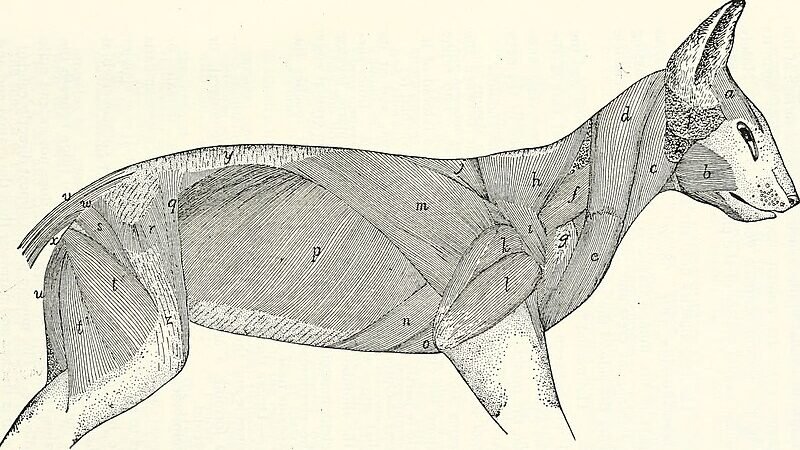
A cat’s body is a finely-tuned structure designed for agility. Their skeletal structure is lightweight yet sturdy, and they possess an extraordinary muscle-to-weight ratio. Cats’ muscles are highly specialized for explosive bursts of speed and power, allowing them to sprint and leap with immense force. This muscular configuration is crucial for their superior agility and speed.
The Role of the Spine: Flexibility and Balance
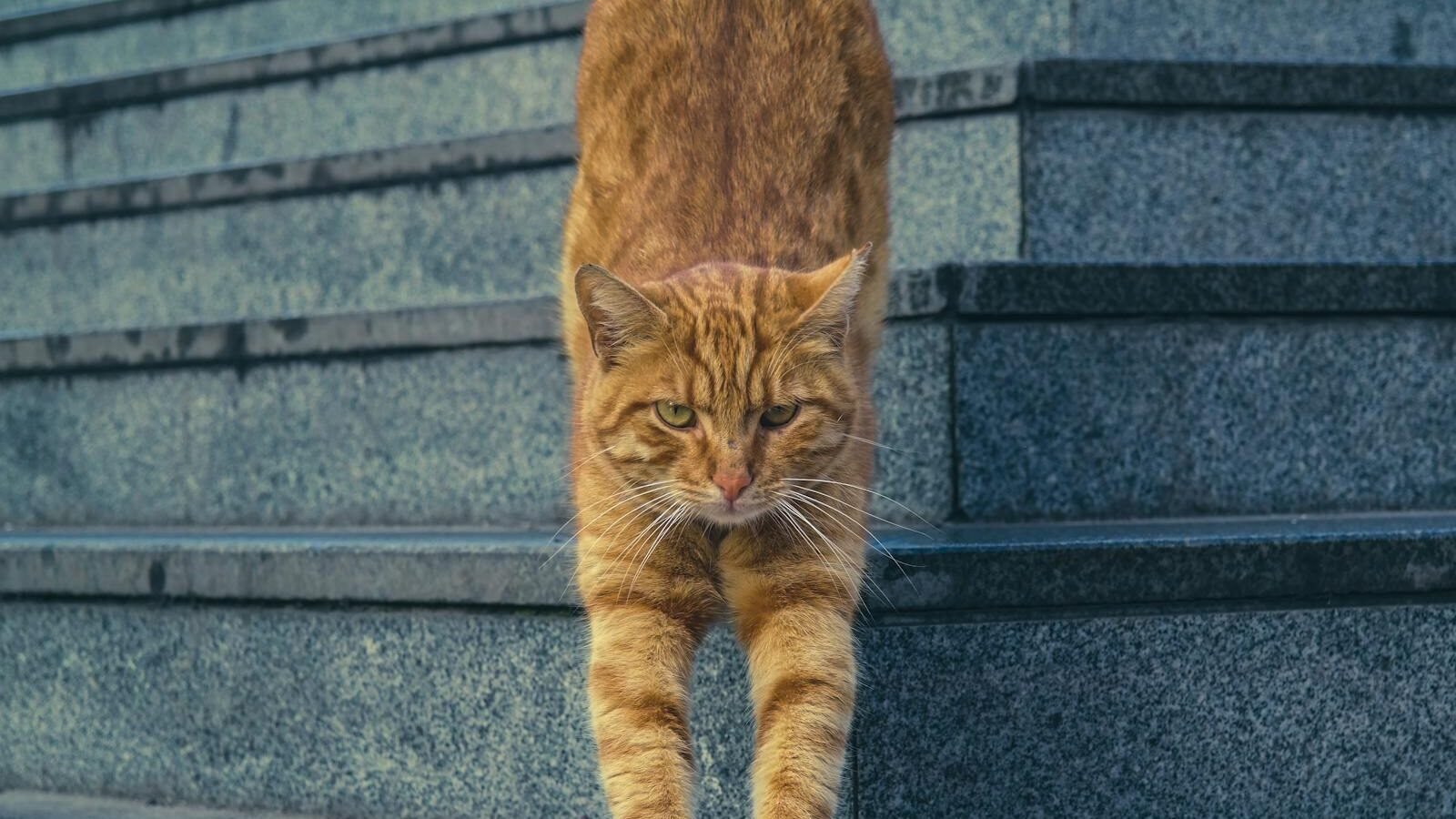
Cats are known for their notable flexibility, primarily due to their unique spine. Unlike humans, a cat’s spine is highly elastic, made up of more vertebrae and secured with elastic discs. This design gives them an extended range of motion, allowing them to twist mid-air and contort into almost any position, a skill not only important for landing on their feet but also for navigating tight spaces.
Feet First: The Art of Perfect Landings
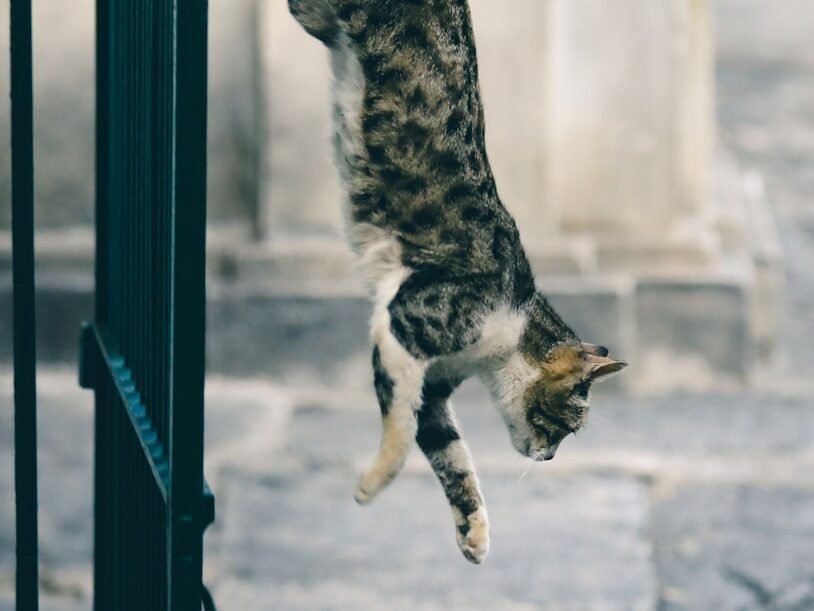
One of the most fascinating aspects of feline agility is their ability to land on their feet, known as the “righting reflex.” This reflex involves a swift realignment of the body as a cat falls, allowing it to twist its body and ensure a feet-first landing. Cats can perfect this motion in fractions of a second, demonstrating both the flexibility of their spine and their astonishing reflexes.
The Tail: An Essential Balancing Tool
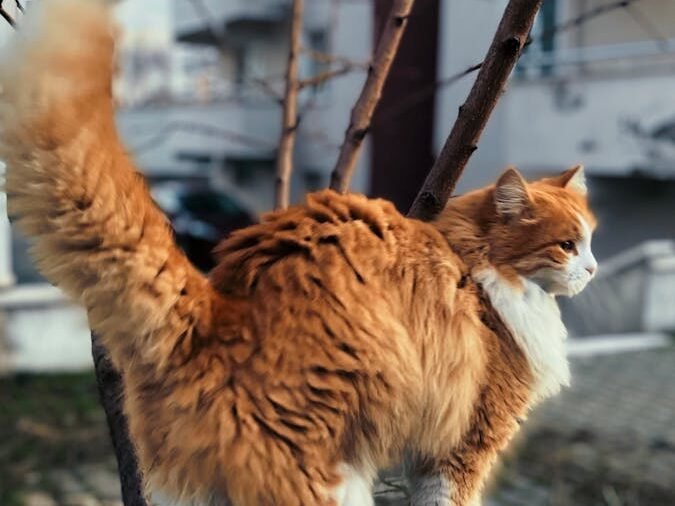
Cats’ tails are not just for show; they play a vital role in their agility. The tail acts as a counterbalance when cats walk on narrow surfaces or make sharp turns at high speeds. During a leap or fall, a quick flick of the tail can help them realign their body posture mid-air, aiding in balance and stability.
The Sensory Toolkit: Whiskers and Vision
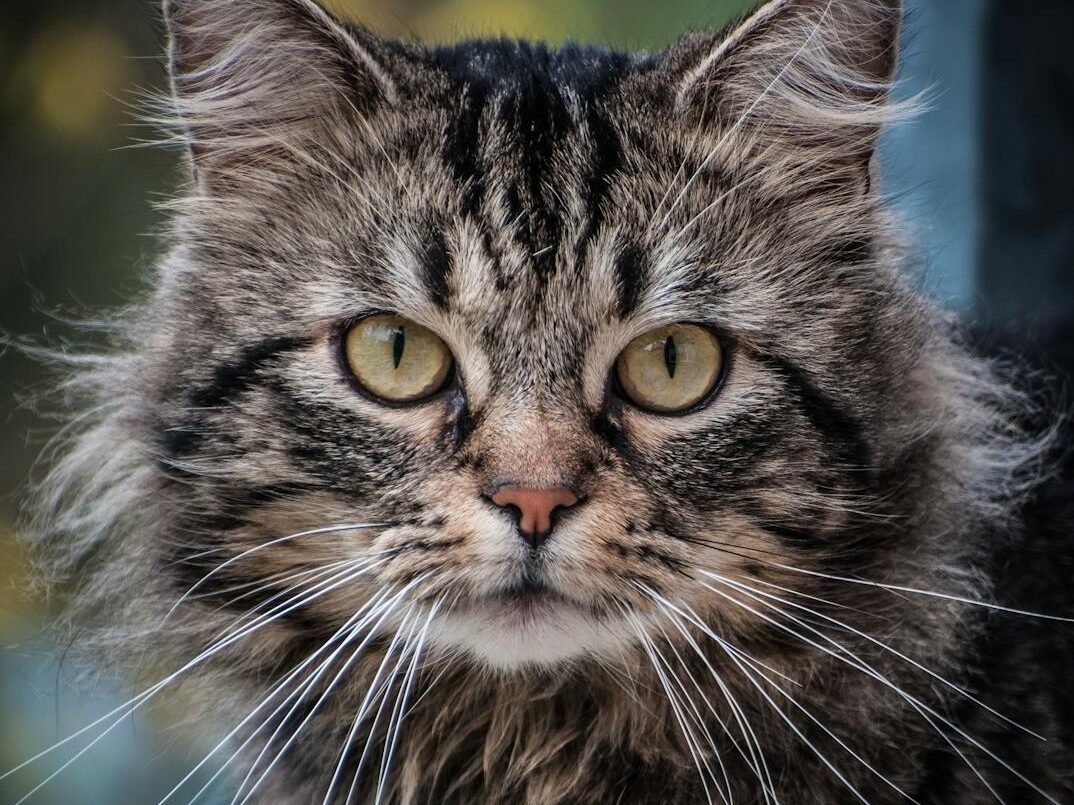
Agility in cats is also supported by their acute senses. Whiskers serve as sensory tools, helping them detect changes in their environment and navigate in the dark. Felines also have exceptionally keen eyesight, including superior night vision and a wider field of view, which enables them to gauge distances accurately and make precise leaps and bounds.
Paw Perfection: Clawed Climbing and Silent Steps
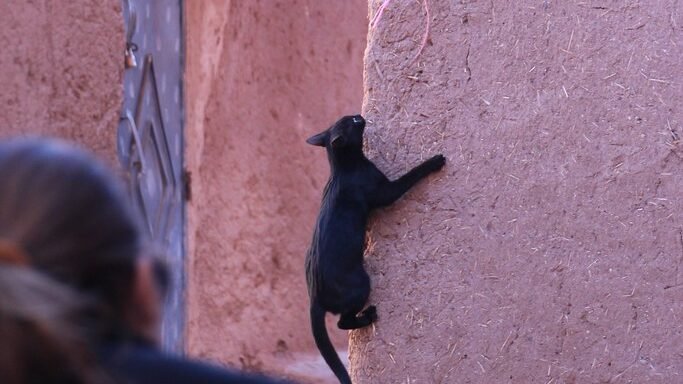
The design of a cat’s paw aids agility in multiple ways. Retractable claws provide a strong grip when climbing, sprinting, or seizing prey while remaining sheathed when stealth is needed. Additionally, the soft pads on their paws cushion their landings and help them walk silently, essential for stalking prey and avoiding detection.
The Influence of Play on Agility
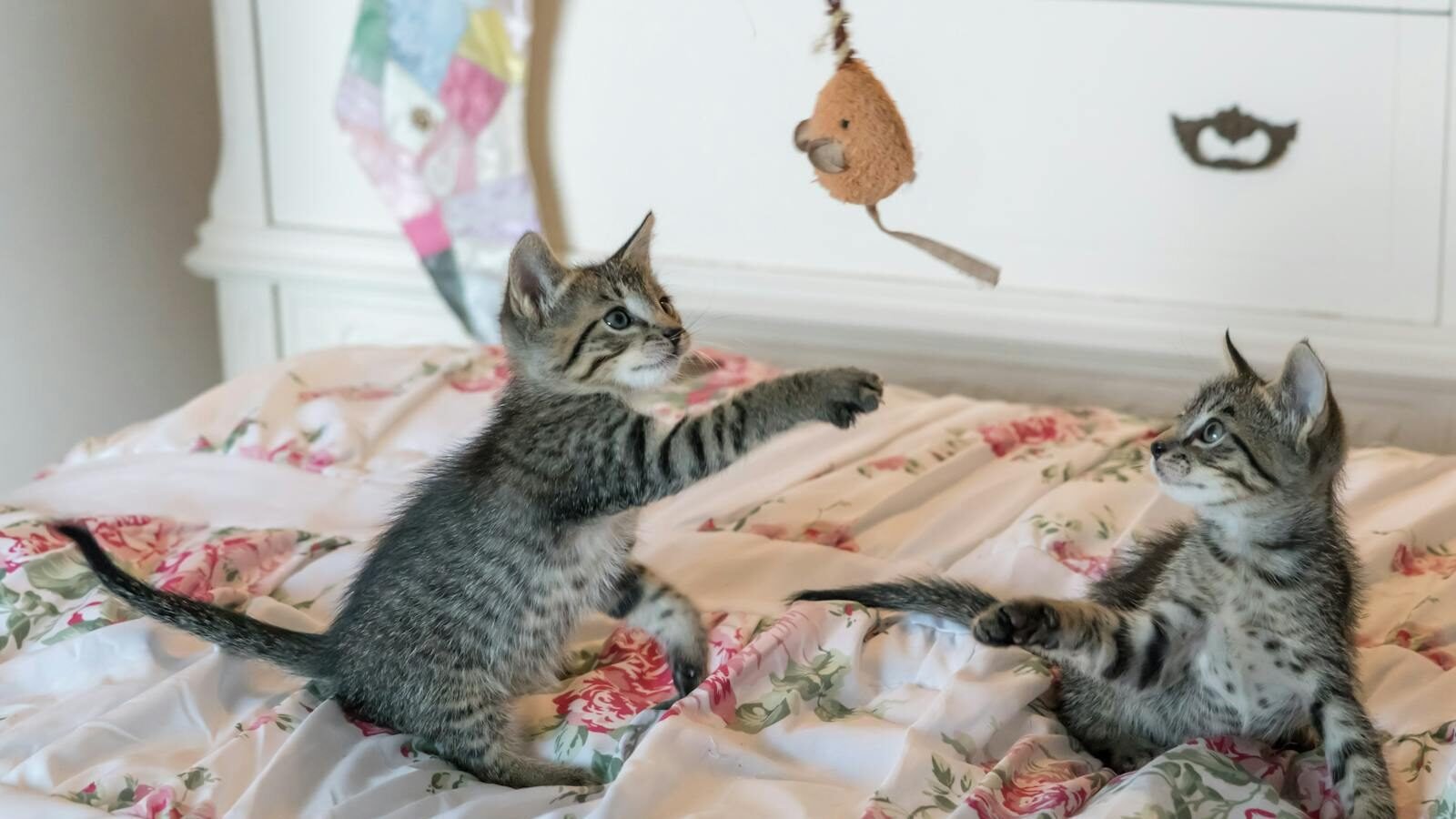
Agility in cats is not only an innate trait but also honed through play. From a young age, kittens engage in play activities that mimic hunting behaviors. Pouncing, climbing, and chasing toy prey are critical for developing the muscular strength, coordination, and timing needed for agility. Even in adulthood, play remains an essential component of a cat’s physical health and agility.
Conclusion: Admiring the Agile Feline
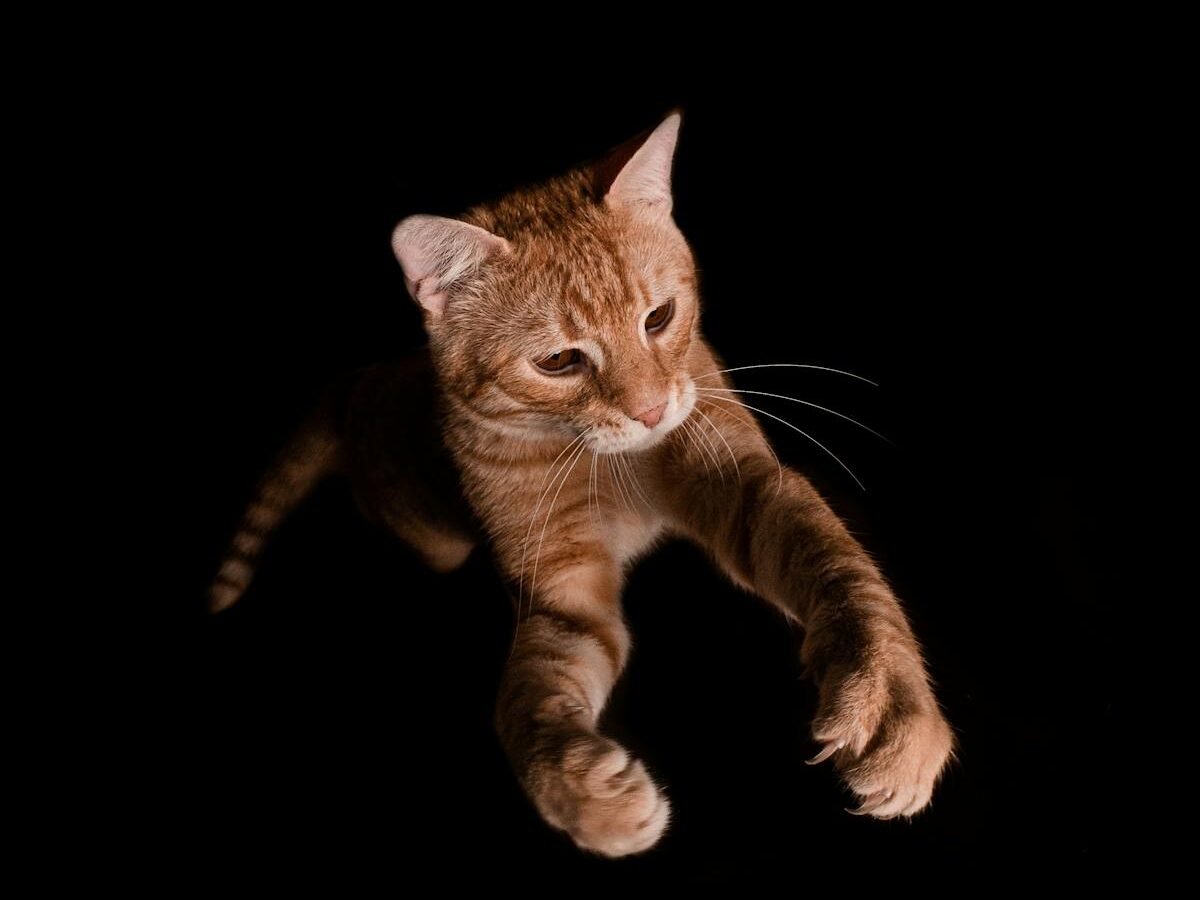
Cats’ agility is a product of millions of years of evolution, combining anatomy, reflexes, and senses into a remarkable package. Their ability to leap, twist, and balance not only reflects their prowess as hunters but also endears them to those who marvel at their grace. As we observe our feline companions in action, we witness a remarkable blend of science and beauty, emphasizing just why cats have captivated humans for centuries.

With over a decade of experience as a dedicated cat lover and enthusiast, I specialize in writing captivating content about all things feline. My expertise shines through in creating engaging and informative pieces that resonate with fellow cat lovers. As a proud cat parent to my beloved Duston, my personal connection to the world of cats adds authenticity and warmth to my work, making it relatable and heartfelt.






